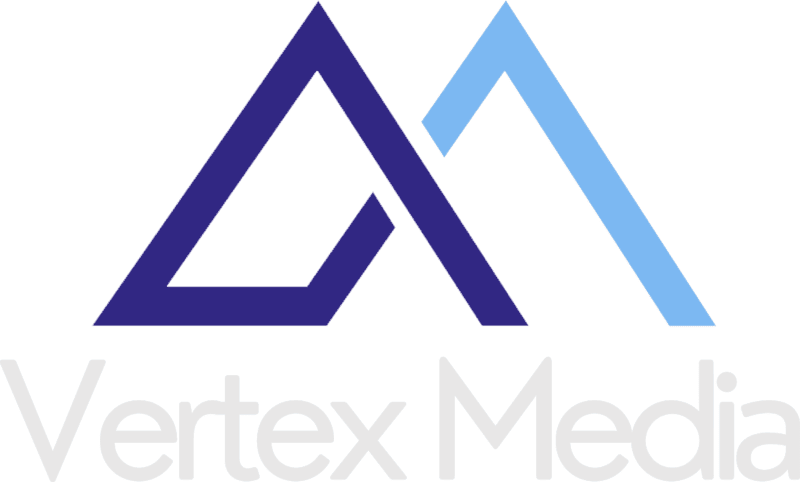Is the Digital Marketing Playing Field for CDFIs Already Tilted by High-Spending Lenders?
How do you compete online when your competitors can afford to spend ten times more on ads than you can? It’s a question many community development financial institutions (CDFIs) and smaller lenders are asking themselves as the digital marketing landscape for financial services continues to evolve.
Big names like Funding Circle and Fleximize have established themselves as market leaders in the business loans and start-up loans space. But is their dominance purely down to reputation or has deep marketing spend helped them cement their visibility at the top of the search results?
Are large lenders inflating digital marketing costs for everyone else?
Let’s start with scale. Funding Circle’s 2024 annual report shows over £1.9 billion in loans originated across the UK, generating £160 million in revenue. That kind of volume suggests they can afford higher marketing costs per borrower acquisition which is something most CDFIs simply can’t match.
While the company doesn’t disclose its exact Google Ads data, industry analysis suggests the average cost-per-click (CPC) for “business loans UK” can range anywhere from £8 to £25, depending on competition levels (Beyond Clicks, 2024). Given Funding Circle’s market share, it’s plausible that their average CPC sits toward the higher end of that range; perhaps 20–30 % above sector average due to aggressive bidding for premium terms like “small business loans” and “start-up finance.”
Fleximize, meanwhile, operates on a model that supports broader lending margins whereby their representative APR sits around 42.4 % for unsecured loans (Fleximize, 2024). When lenders are earning higher returns per borrower, they can sustain higher CPCs without damaging profitability.
So the question becomes: is the playing field already tilted? If the biggest lenders are driving up ad costs for broad, high-volume keywords, how can smaller or mission-driven lenders compete without burning through limited marketing budgets?
What does this mean for community lenders and CDFIs?
For CDFIs whose purpose is often to support under-served communities rather than maximise profit, this dynamic is challenging. High CPCs make digital acquisition harder, and yet search visibility is essential for borrower awareness.
If you’re a CDFI competing for terms like “small business loans” or “start-up loans UK,” you’re likely facing competition not just from peer lenders, but from venture-backed fintechs and aggregators with multimillion-pound ad budgets. According to PPCGeeks (2024), small businesses typically spend £500–£5,000 per month on Google Ads – a figure dwarfed by the spend of major lenders that may allocate tens or even hundreds of thousands monthly.
That raises another question: is it even worth trying to compete head-to-head?
Can niche marketing be the answer for smaller lenders?
At Vertex Media, our work with financial institutions has shown that the solution often isn’t to out-spend — it’s to out-target. Smaller lenders and CDFIs can gain traction by narrowing their focus.
1. Geographic targeting
Why bid for “UK business loans” when you could dominate “business loans in Greater Manchester” or “start-up loans Yorkshire” instead? Geo-specific keywords tend to have lower CPCs and far less competition. Local SEO — optimising Google Business Profiles, writing city-specific content, and building local backlinks — can make a tangible difference.
2. Purpose-driven content
Another under-used opportunity lies in intent-based segmentation. Instead of generic content about small business loans, focus on loan purpose — for example, “business loans for women-owned enterprises,” “equipment loans for manufacturing SMEs,” or “green energy start-up loans.” These searches attract fewer bids and are often aligned with the mission-based lending goals of CDFIs.
3. Loan-size segmentation
Targeting smaller or mid-range lending brackets — “business loans under £100,000” or “microloans for start-ups” — can carve out an audience where high-spend lenders aren’t as active. The competition drops, and conversion intent tends to increase.
By reframing the digital marketing challenge as one of precision rather than power, CDFIs can compete more effectively within their own defined niches.
Should CDFIs prioritise SEO over paid ads?
When budgets are tight, long-term SEO for financial services often delivers stronger ROI than short-term PPC. Organic visibility compounds over time; paid visibility stops the moment you pause spending.
Search engine optimisation for loan companies or financial services firms involves:
-
Developing content that answers real borrower queries (“What is a start-up loan?” “How do CDFI loans work?”)
-
Earning backlinks from local authorities, community organisations, and partner networks
-
Structuring metadata and schema for search visibility
-
Creating regional landing pages to capture long-tail local searches
A well-executed SEO strategy can generate consistent traffic at a fraction of the long-term cost of PPC. As Exposure Ninja (2025) notes, organic marketing for financial services builds brand trust and visibility while reducing dependency on paid clicks.
So perhaps the question isn’t “should we spend more?” but “should we spend smarter?”
What’s the role of marketing agencies in levelling the field?
Marketing agencies working in financial services now play a crucial role in helping mission-driven lenders stay competitive. At Vertex Media, we often ask clients: why fight for the same keywords as the biggest players when your audience might be searching for something more specific — and more relevant — to you?
A well-designed SEO and digital strategy for loan companies should:
-
Identify keyword gaps and underserved borrower queries
-
Align landing pages to those opportunities
-
Use content and thought leadership to differentiate the brand’s mission and trustworthiness
-
Combine light-touch paid search with long-tail SEO for sustainable growth
CDFIs can also benefit from storytelling: case studies, borrower success stories, and educational content all reinforce credibility — something that algorithm updates increasingly reward through E-E-A-T (Experience, Expertise, Authoritativeness, Trustworthiness).
So, what does the future of digital marketing for CDFIs look like?
The short answer: more strategic, more localised, and more relationship-driven.
The big lenders will continue to dominate high-cost search terms — that much seems inevitable. But there’s still room for smaller lenders to grow digitally if they focus on precision targeting and authentic content.
As CPCs continue to climb, CDFIs might ask themselves:
-
Do we really need to appear for “business loans UK,” or do we just need to dominate our region?
-
Can we win on trust, relevance, and social proof instead of budget size?
-
And can a marketing agency with deep experience in financial services help us carve that niche?
At Vertex Media, our view is simple: visibility isn’t only for those who can pay the most. It’s for those who position themselves the smartest.
Book a call with Vertex Media today to discuss your organic borrower acquisition strategy.




